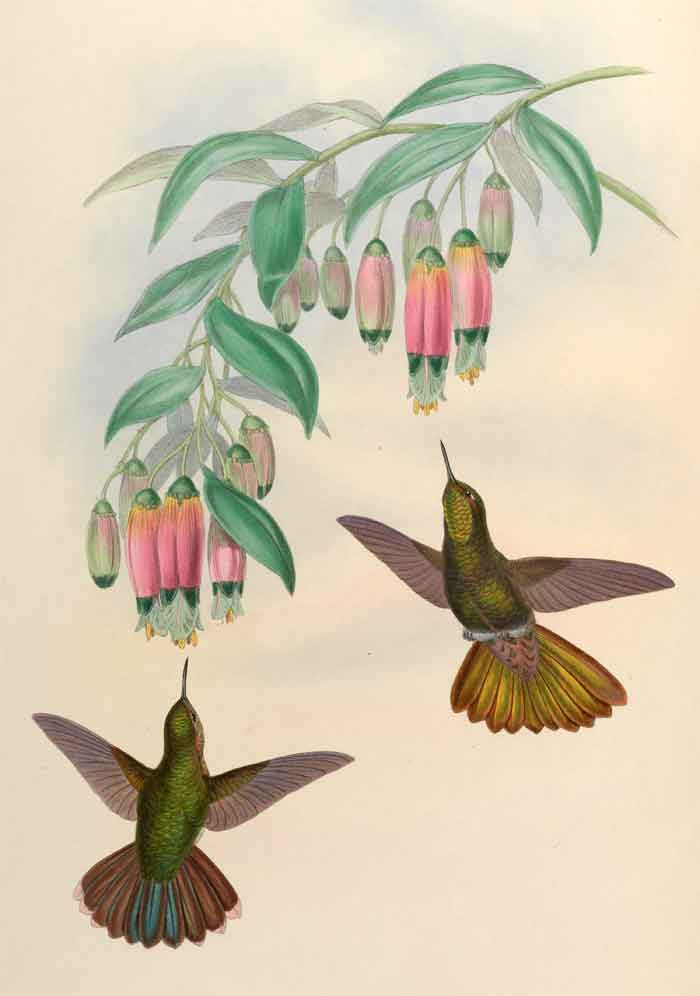
Superregnum: Eukaryota
Cladus: Unikonta
Cladus: Opisthokonta
Cladus: Holozoa
Regnum: Animalia
Subregnum: Eumetazoa
Cladus: Bilateria
Cladus: Nephrozoa
Superphylum: Deuterostomia
Phylum: Chordata
Subphylum: Vertebrata
Infraphylum: Gnathostomata
Megaclassis: Osteichthyes
Cladus: Sarcopterygii
Cladus: Rhipidistia
Cladus: Tetrapodomorpha
Cladus: Eotetrapodiformes
Cladus: Elpistostegalia
Superclassis: Tetrapoda
Cladus: Reptiliomorpha
Cladus: Amniota
Classis: Reptilia
Cladus: Eureptilia
Cladus: Romeriida
Subclassis: Diapsida
Cladus: Sauria
Infraclassis: Archosauromorpha
Cladus: Crurotarsi
Divisio: Archosauria
Cladus: Avemetatarsalia
Cladus: Ornithodira
Subtaxon: Dinosauromorpha
Cladus: Dinosauriformes
Cladus: Dracohors
Cladus: Dinosauria
Cladus: Saurischia
Cladus: Eusaurischia
Subordo: Theropoda
Cladus: Neotheropoda
Cladus: Averostra
Cladus: Tetanurae
Cladus: Avetheropoda
Cladus: Coelurosauria
Cladus: Tyrannoraptora
Cladus: Maniraptoromorpha
Cladus: Maniraptoriformes
Cladus: Maniraptora
Cladus: Pennaraptora
Cladus: Paraves
Cladus: Eumaniraptora
Cladus: Avialae
Infraclassis: Aves
Cladus: Avebrevicauda
Cladus: Pygostylia
Cladus: Ornithothoraces
Cladus: Ornithuromorpha
Cladus: Carinatae
Parvclassis: Neornithes
Cohors: Neognathae
Cladus: Neoaves
Superordo: Caprimulgimorphae
Ordo: Apodiformes
Familia: Trochilidae
Subfamilia: Trochilinae
Genus: Metallura
Species: Metallura aeneocauda
Subspecoes: M. a. aeneocauda – M. a. malagae
Name
Metallura aeneocauda (Gould, 1846)
Type locality: Bolivia.
Synonyms
Trochilus aeneocauda (protonym)
References
Gould, J. 1846. On twenty new species of Trochilidae or Humming Birds. Proceedings of the Zoological Society of London Pt 14 no.164: 85–90 BHL Reference page. p. 87 BHL
Vernacular names
English: Scaled Metaltail
español: Metalura escamosa
The scaled metaltail (Metallura aeneocauda) is a species of hummingbird in the "coquettes", tribe Lesbiini of subfamily Lesbiinae. It is found in Bolivia and Peru.[3][4]
Taxonomy and systematics
The scaled metaltail has two subspecies, the nominate M. a. aeneocauda and M. a. malagae.[3] The latter was for a time treated as a separate species.[5][6]
Description
The scaled metaltail is 12 to 13 cm (4.7 to 5.1 in) long and weighs 5.2 to 5.4 g (0.18 to 0.19 oz). It has a medium length, straight, black bill. The adult male of the nominate subspecies has bottle green upperparts. Its slightly forked tail is iridescent sky blue with bronzy green tones on its upper side and glittering green on its underside. Its gorget is iridescent bright green. The rest of its underparts are green with a scaly appearance from tan feather margins. The adult female is similar to the male. Its gorget is smaller and its undersides are more mottled. Juveniles are similar to the female. Subspecies M. a. malagae is similar to the nominate but the upper side of its tail is bronzy red and the underside red. It also has a longer bill.[6]
Distribution and habitat
The nominate subspecies of scaled metaltail is found on the eastern slope of the Andes from the Cordillera Vilcabamba of southeastern Peru south into northwestern Bolivia's La Paz Department. M. a. malagae is found in the vicinity of Inkachaka in central Bolivia's Cochabamba Department. The species inhabits glades and edges of cloudforest and elfin forest and also rocky slopes with herbs and shrubs. In elevation it ranges between 2,500 and 3,600 m (8,200 and 11,800 ft) and is most common above 3,000 m (9,800 ft).[6]
Behavior
Movement
The scaled metaltail is believed to be sedentary but some dispersal into páramo and lower montane forest is thought possible.[6]
Feeding
The scaled metaltail feeds on nectar from a variety of flowering plants and shrubs, often by clinging to the flower. Males defend feeding territories. In addition to nectar, it feeds extensively on insects.[6]
Breeding
The scaled metaltail's breeding phenology and nest have not been documented. Its breeding season appears to include May and June.[6]
Dickcissel male perched on a metal pole singing, with neck stretched and beak open.
Songs and calls
Listen to scaled metaltail on xeno-canto
Vocalization
The scaled metaltail's chase call is "a descending series of 3–6 squeaky notes, followed by a repeated, buzzy, jumbled phrase, 'trt-tsee-seee-seee-sew..trr-tsee-tsew..trr-tsee-tsew..'."[6]
Status
The IUCN has assessed the scaled metaltail as being of Least Concern. Its population size is not known and is believed to be decreasing.[1] It is "not at risk at present, due to its fairly wide distribution and its rather unspecialized ecology...[but] may be vulnerable in places because [of] regular grassland burning". It occurs in a protected area in each country.[6]
References
BirdLife International (2016). "Scaled Metaltail Metallura aeneocauda". IUCN Red List of Threatened Species. 2016: e.T22688009A93179746. doi:10.2305/IUCN.UK.2016-3.RLTS.T22688009A93179746.en. Retrieved 6 March 2022.
"Appendices | CITES". cites.org. Retrieved 2022-01-14.
Gill, F.; Donsker, D.; Rasmussen, P., eds. (January 2022). "Hummingbirds". IOC World Bird List. v 12.1. Retrieved January 15, 2022.
HBW and BirdLife International (2020) Handbook of the Birds of the World and BirdLife International digital checklist of the birds of the world Version 5. Available at: http://datazone.birdlife.org/userfiles/file/Species/Taxonomy/HBW-BirdLife_Checklist_v5_Dec20.zip [.xls zipped 1 MB] retrieved 27 May 2021
Remsen, J. V., Jr., J. I. Areta, E. Bonaccorso, S. Claramunt, A. Jaramillo, D. F. Lane, J. F. Pacheco, M. B. Robbins, F. G. Stiles, and K. J. Zimmer. Version 31 January 2022. A classification of the bird species of South America. American Ornithological Society. https://www.museum.lsu.edu/~Remsen/SACCBaseline.htm retrieved February 1, 2022
Heindl, M. and P. F. D. Boesman (2020). Scaled Metaltail (Metallura aeneocauda), version 1.0. In Birds of the World (J. del Hoyo, A. Elliott, J. Sargatal, D. A. Christie, and E. de Juana, Editors). Cornell Lab of Ornithology, Ithaca, NY, USA. https://doi.org/10.2173/bow.scamet1.01 retrieved March 6, 2022]
Retrieved from "http://en.wikipedia.org/"
All text is available under the terms of the GNU Free Documentation License

